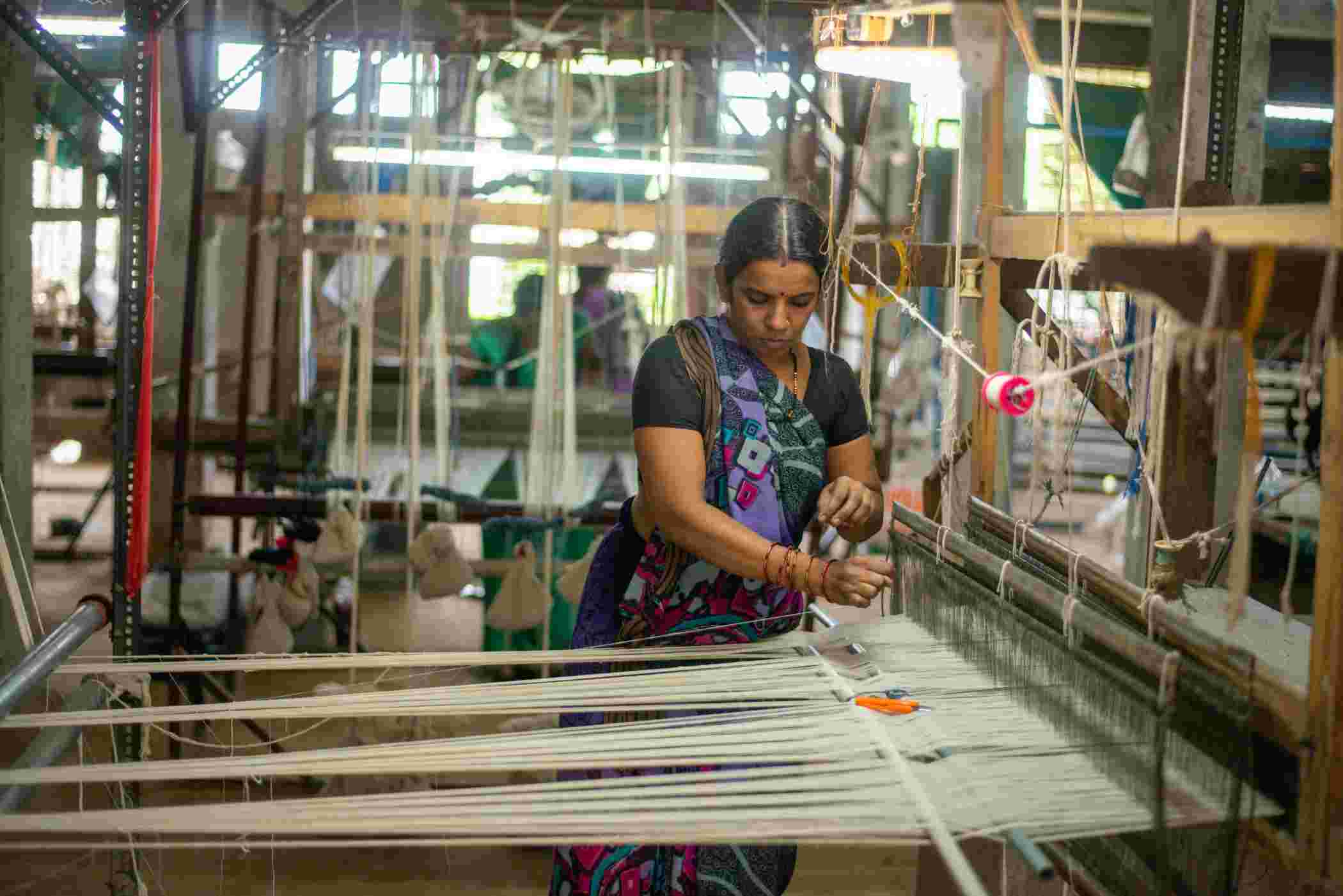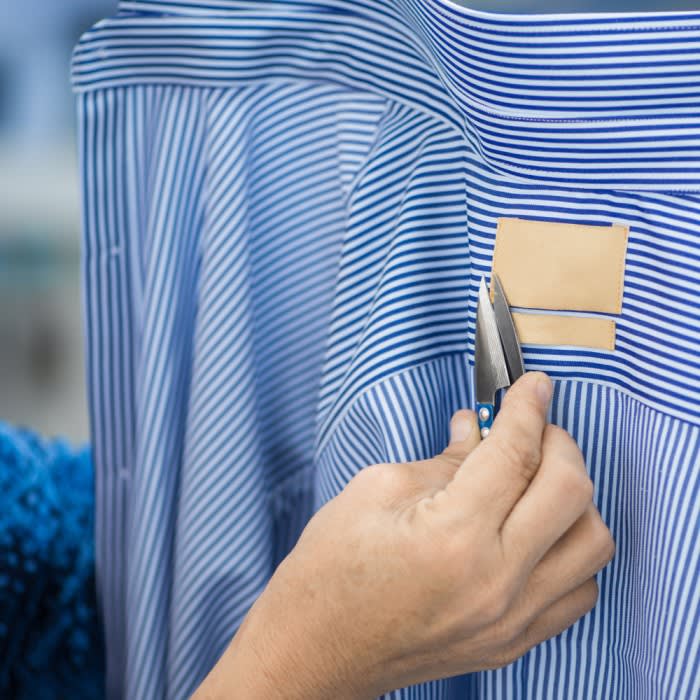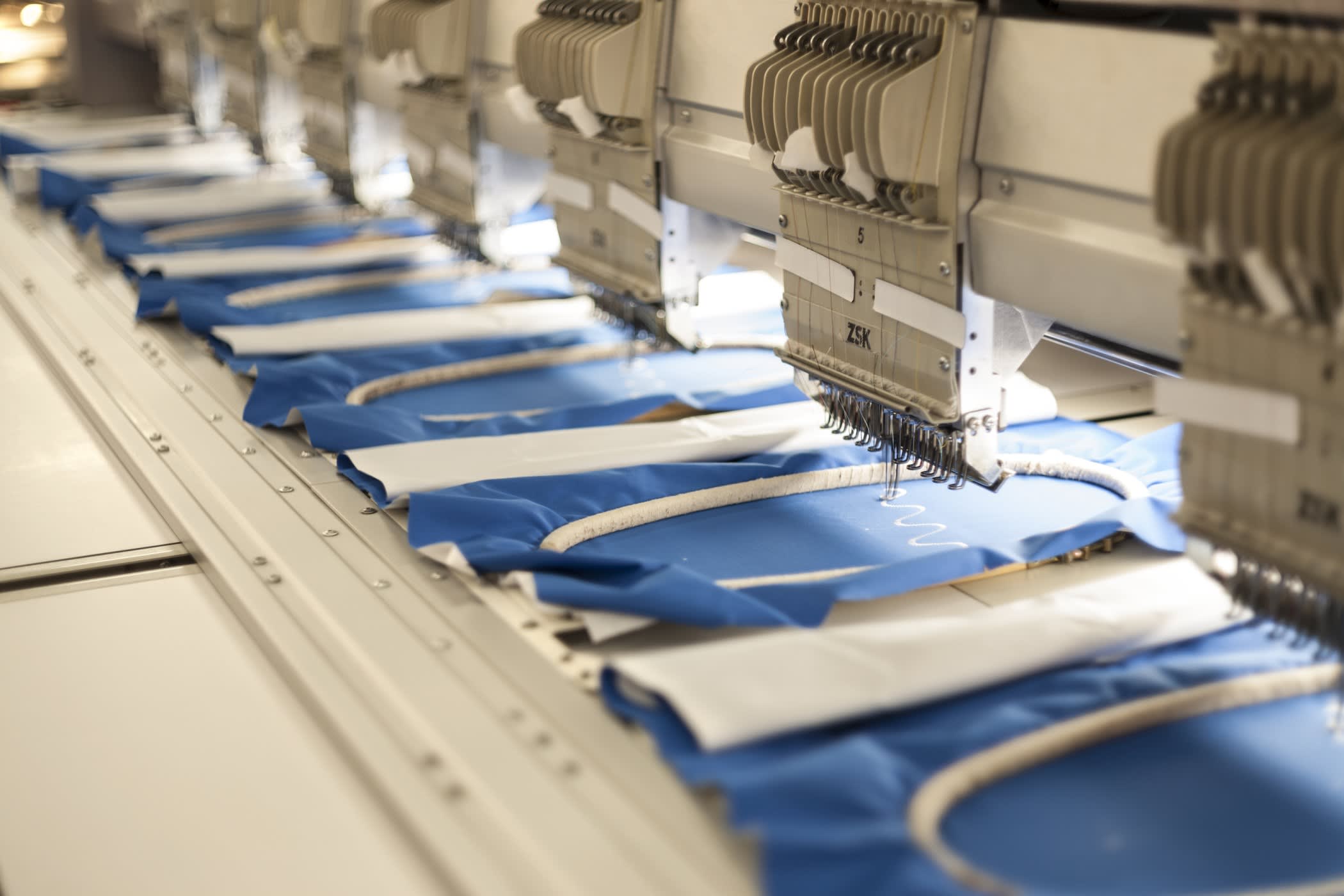An Introductory Blog to the Life Cycle of a Product

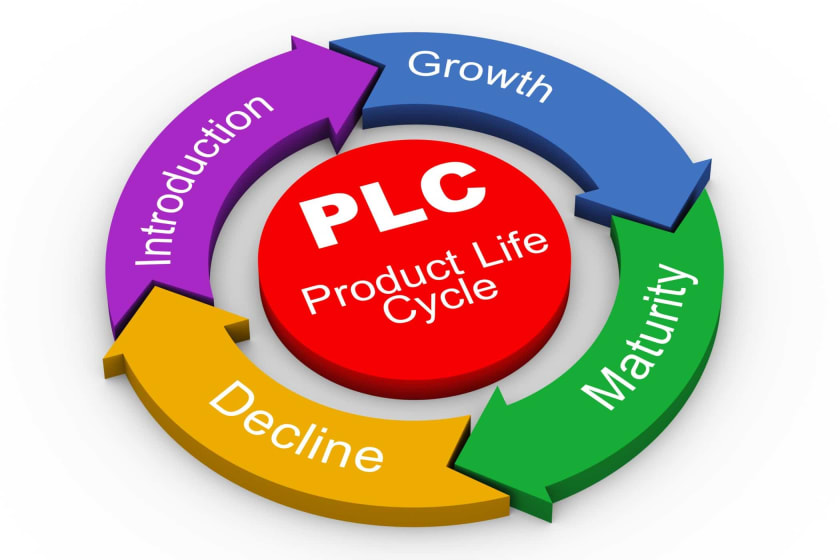

Everything that is in the market comes with an expiration date and the period between its manufacture and expiration defines the cycle of the product. The product lifecycle comprises the period in which the product is launched in the market, when it is being made accessible to all, followed by when everyone has it. And finally entering into the phase when no one needs that product.
Understanding Product Lifecycle
Product lifecycle is crucial to fashion and apparel businesses, as it allows brands to understand the need to increase or decrease their marketing and prices. Furthermore, it also tells them when the customers do not want a particular product and when they are required to change its packaging to make it more appealing.
A product's lifecycle can be categorized into the following stages - development, introduction, growth, maturity, saturation, and decline. Let's understand each of these stages briefly to get a better idea of the product lifecycle.
Stages of the Product Life Cycle
To manage the level of marketing and investment in a particular product, brands need to detect which stage of the product life cycle their product is in. To get a clear idea that at that time where a product is in its product cycle, one needs to have a good knowledge of different stages, which are as follows:
Development
This stage of the product life cycle occurs way before it is even manufactured. This is an essential step, as it is vital to determine the feasibility and longevity of a particular product. This is when companies call in big investors, develop samples for testing, and formulate a plan for their product launch.
Furthermore, the research done during this step is important to determine when the brand should launch the product into the market. The development stage also drains out a lot of funds in terms of testing the product's effectiveness and durability. Big companies generate revenues for these tests through their current product, but small businesses or start-up owners often end up spending their personal resources on it.
Brands that are in the development stage of their product need to have ample time in their hand, as this stage may take more time than expected. Moreover, if a brand is developing a new product, it can face many challenges in perfecting it.
Introduction
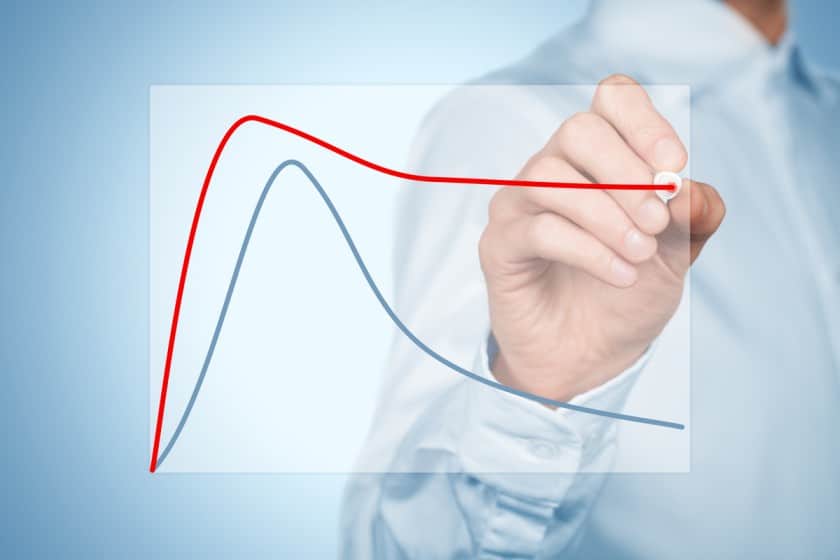
The introduction stage is the part of the product lifecycle in which brands make their product public. In this stage, brands build strategies to create an atmosphere for the product and prepare the market for launch. Brands also need to do in-depth research to find the right target audience for their product and launch it in those markets to make good sales.
While introducing a product into the market, brands require a lot of money for marketing because customers are not aware of the product. However, using the channels used during the testing of the product will be a wise move. And by identifying the right marketing channels, brands can reduce their marketing costs significantly and run ad campaigns in places where it really matters.
Brands are also required to keep the price of their product a bit high in the beginning to make up for all the production and development costs. However, usually, instead of doing this, brands run on losses in the early stage to attract new customers for their product and make up their development costs later.
Growth
In this phase, the product has already made its place in the market and is now generating profit for the company. The acceptance of the product has increased in the market, and customers ask for it. Despite this, it has not made a significant footprint in the market. Brands calculate the adoption rate of customers and analyze the market landscape.
Brands often face competitors in the market while launching a new product. And sometimes, these competitors are traditional and have already created a strong presence in the market. Therefore, brands need to invest in making new strategies to achieve growth. As a result, brands work on their marketing and distribution channels, strengthen their position in the market, and try to find new distribution channels.
This stage of the product lifecycle also involves innovating the existing product to make it more unique from the competitor's products. Furthermore, brands can also offer some additional services that may also increase the chances of generating substantial sales. These support services differentiate the product in the market and also increase the return on investment from customers.
Maturity
During the maturity stage, product sales pick up and the brand sees rapid growth. To stay competitive in this stage, companies usually decide to reduce the prices of their products. This stage comes when companies learn from their past mistakes in the growth and introduction phase. So now, the marketing campaigns are more focused on making people aware of the uniqueness of the product rather than making people aware of it.
And to make the product more unique, brands make more efforts in enhancing the services offered by the product, lower the prices and make the distribution process much more intensive than before. At this stage, the right marketing strategy would be to establish the brand as a leader and make a clear distinction from other brands. Furthermore, it is also required to establish them clearly.
Saturation
The saturation stage of the product is when competitors take a position in the market, and the products neither experience a growth nor fall in sales. Instead, the sales become constant because many of your target customers have already acquired your product. At this stage of the product lifecycle, brands should make the product a brand preference. In the saturation stage, the marketing strategy of the brands is more focused on regulating their prices and improving customer service.
Brands also strive to assert the superiority of their product. At this stage, the innovation in a product has already reached its saturation point, and brands can focus on improving the add-ons of the product. Improving customer services, using testimonials, and feedback is a great way of moving forward with the product.
Decline
The decline is often regarded as the final stage of the product lifecycle. This phase involves a sharp decrease in revenue from the sales and the high competition in the market, changing customer needs, and market saturation. Brands have few options to consider at this stage of their product’s lifecycle.
- They can discontinue the product.
- Brands can sell the manufacturing rights of the product to other businesses.
- Brands may try their luck in new markets.
- Finding a new use of the product is also a good option to generate leads.
In this phase, brands need to evaluate their product and make their call. Whether they want to keep or dump the product is totally up to them.
Factors Affecting the Product Lifecycle
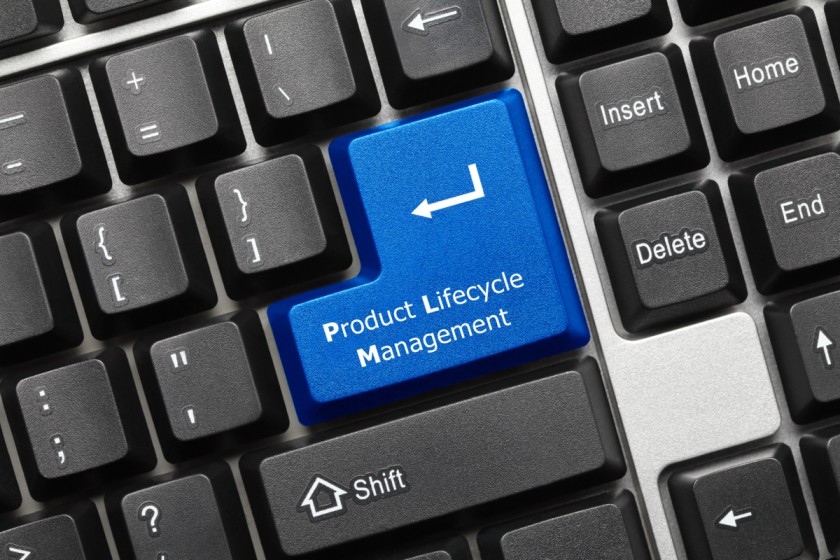
Product lifecycle may seem to some people as mere stages of development of their product, but it is more than that. Certain factors play a vital role in bringing these stages; some of them are:
Competitiveness of the Market
The level of competitiveness in a market directly impacts the sale of the product and affects how much its several stages would last. If the obstacles are less in the market, the product is more likely to have a short cycle and a longer cycle in opposite conditions.
Technology
Technological innovation also determines the growth of a product in a particular market. For instance, if the product is developed in a place where technological advancement is not rapid, the product may become relevant for a long time, and a simple improvement may also keep it relevant for the future.
Market Acceptance
The relevance of a product in the market also determines how long it is going to stay among the customers. If the acceptance of a particular product is not in the market, it may take years for it to pass on from the introduction stage to the growth stage.
Economy
The state of the economy of a particular country also impacts the purchasing power of the customers. And this eventually affects the sales of the product of a particular brand. For example, in a financial crisis like the pandemic, brands had a very long introduction phase, as customers were unwilling to spend more money on products other than essentials.
So these were the six stages of a product lifecycle. All these stages are essential for brands and help them evaluate the right price of the product and help them create their marketing strategies. When in the growth stage, brands are also required to have a surplus of products at their stores. And to help them in this process, brands like Fashinza can play a crucial role. Fashinza is an apparel manufacturing platform. It helps clothing brands to manufacture their collections by connecting them with suppliers.















